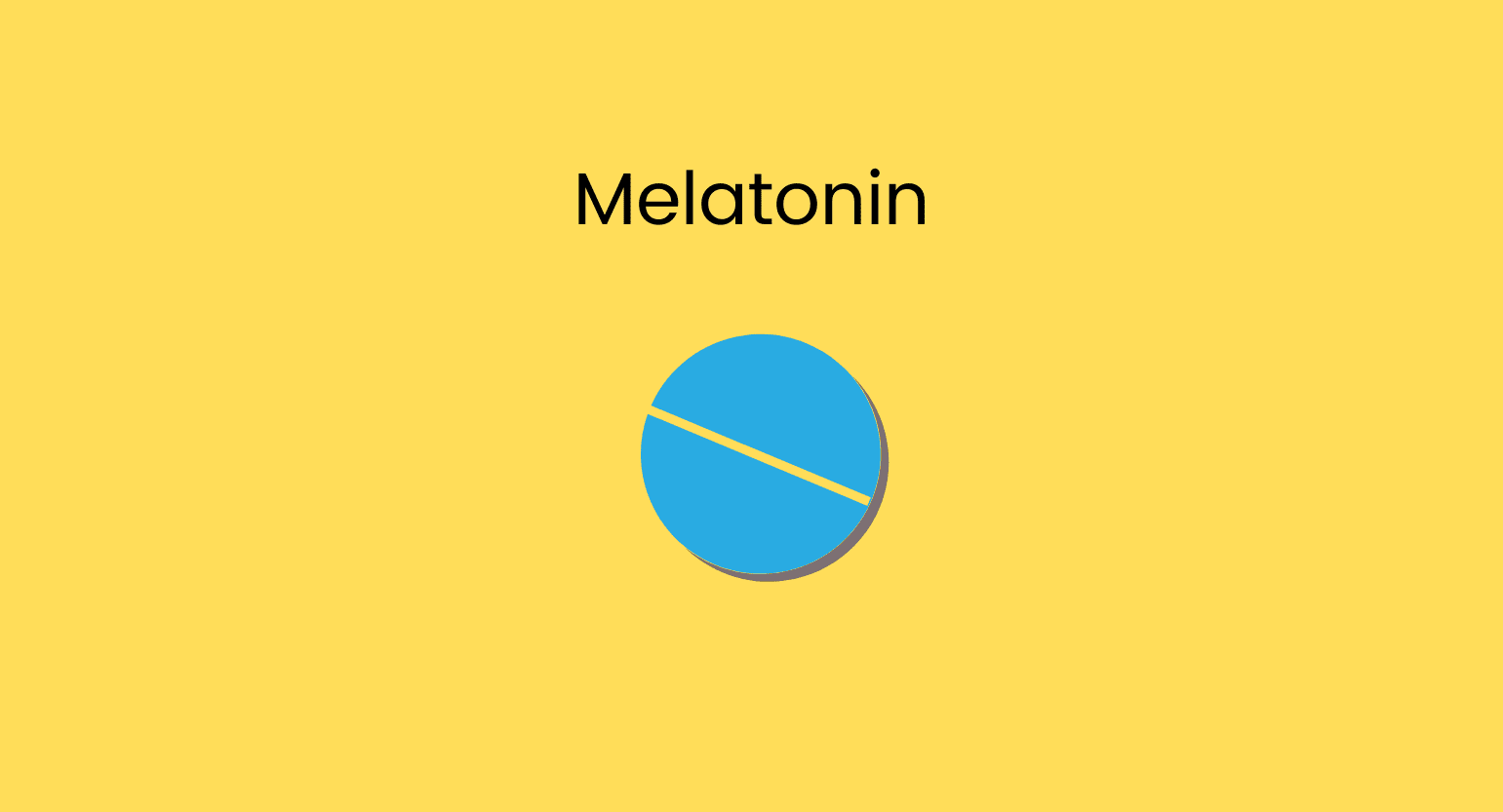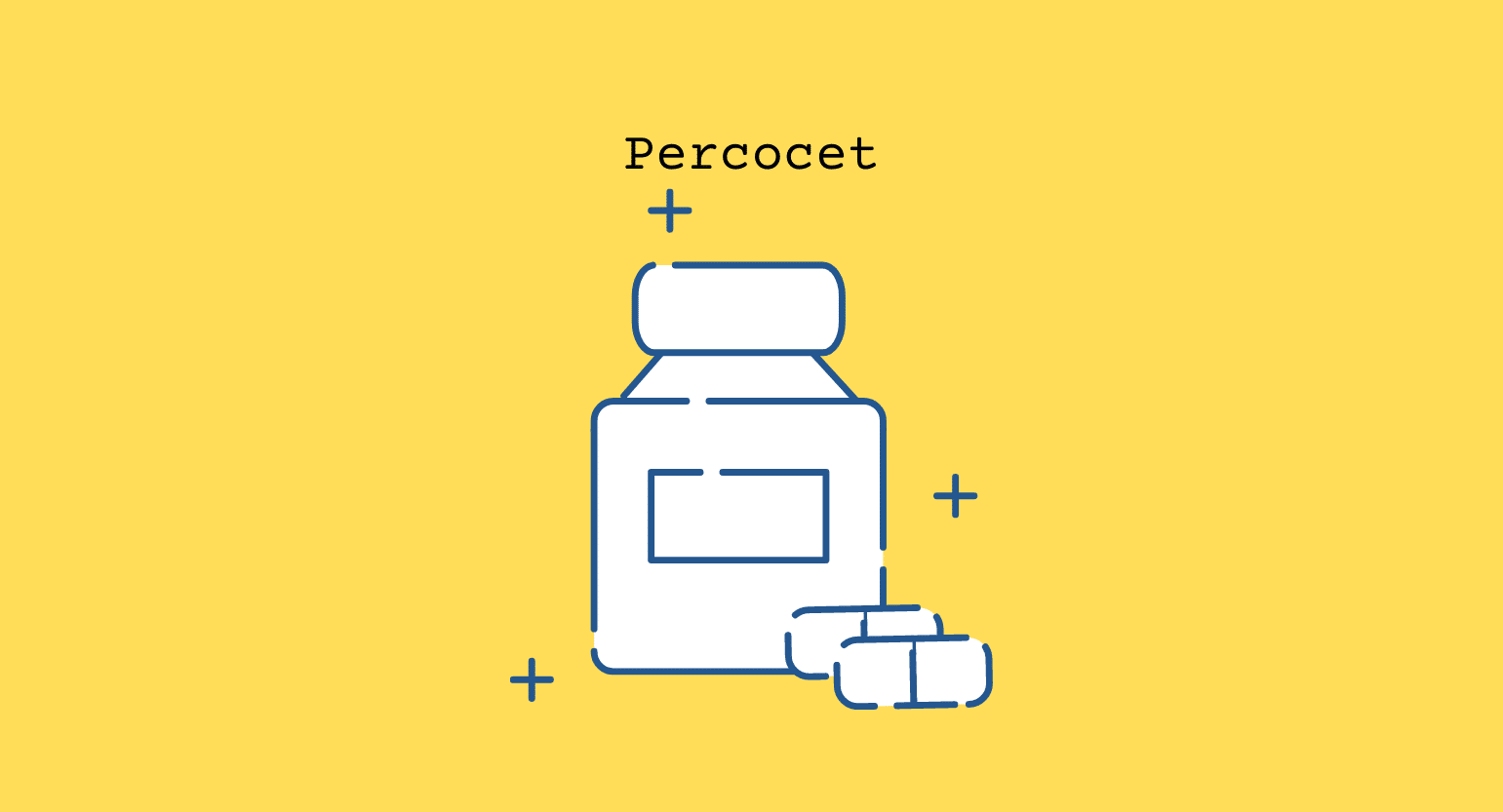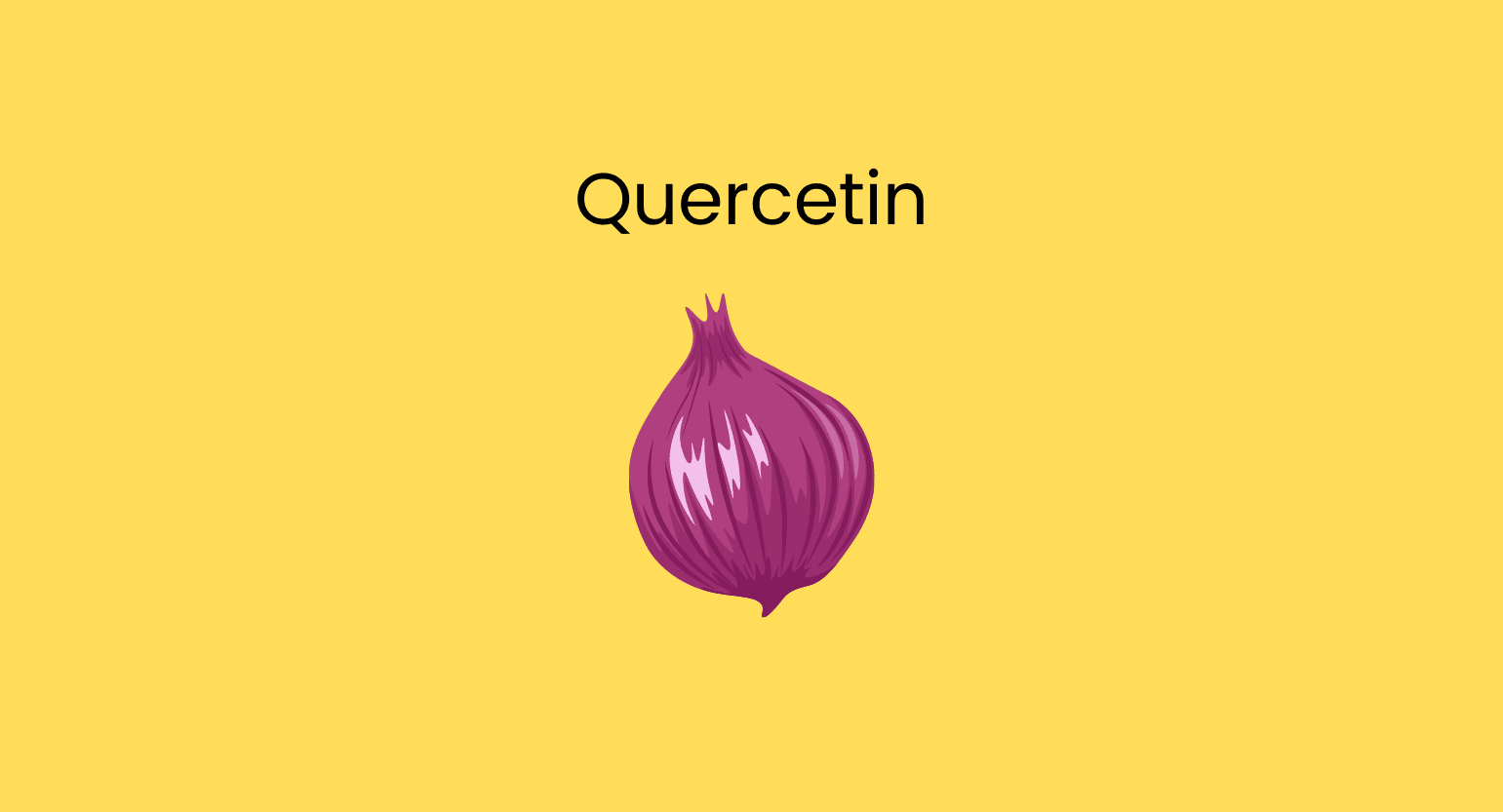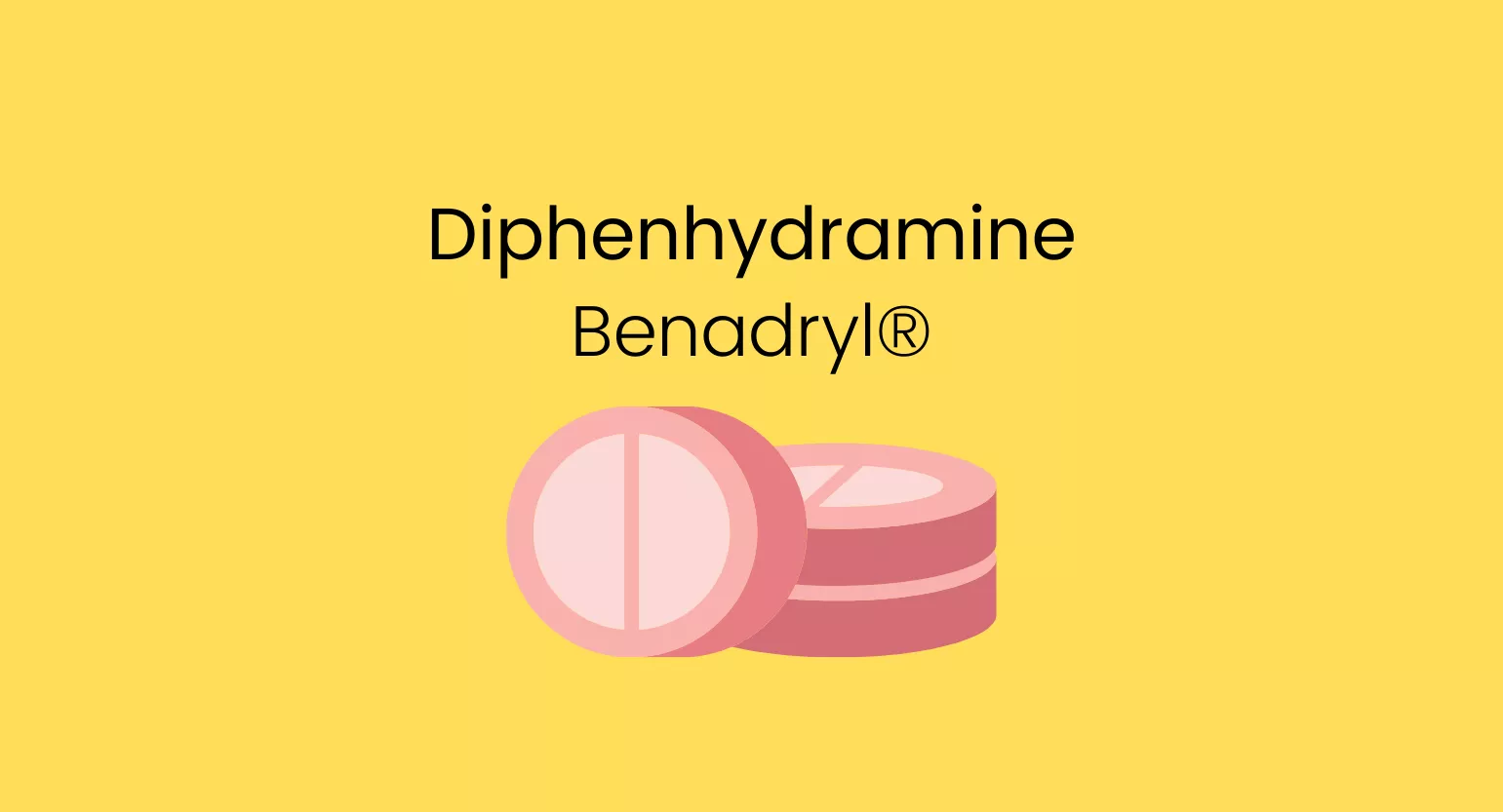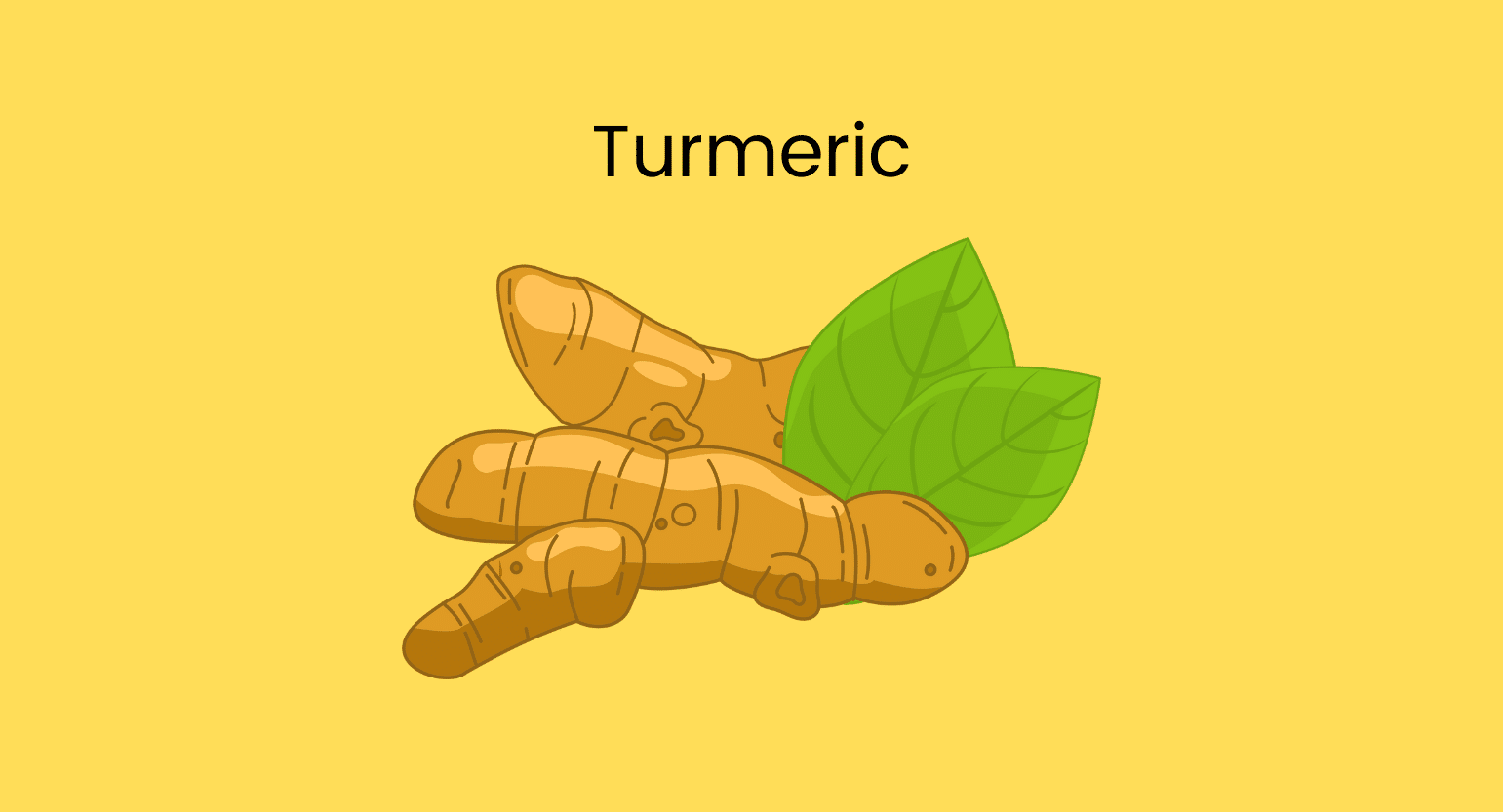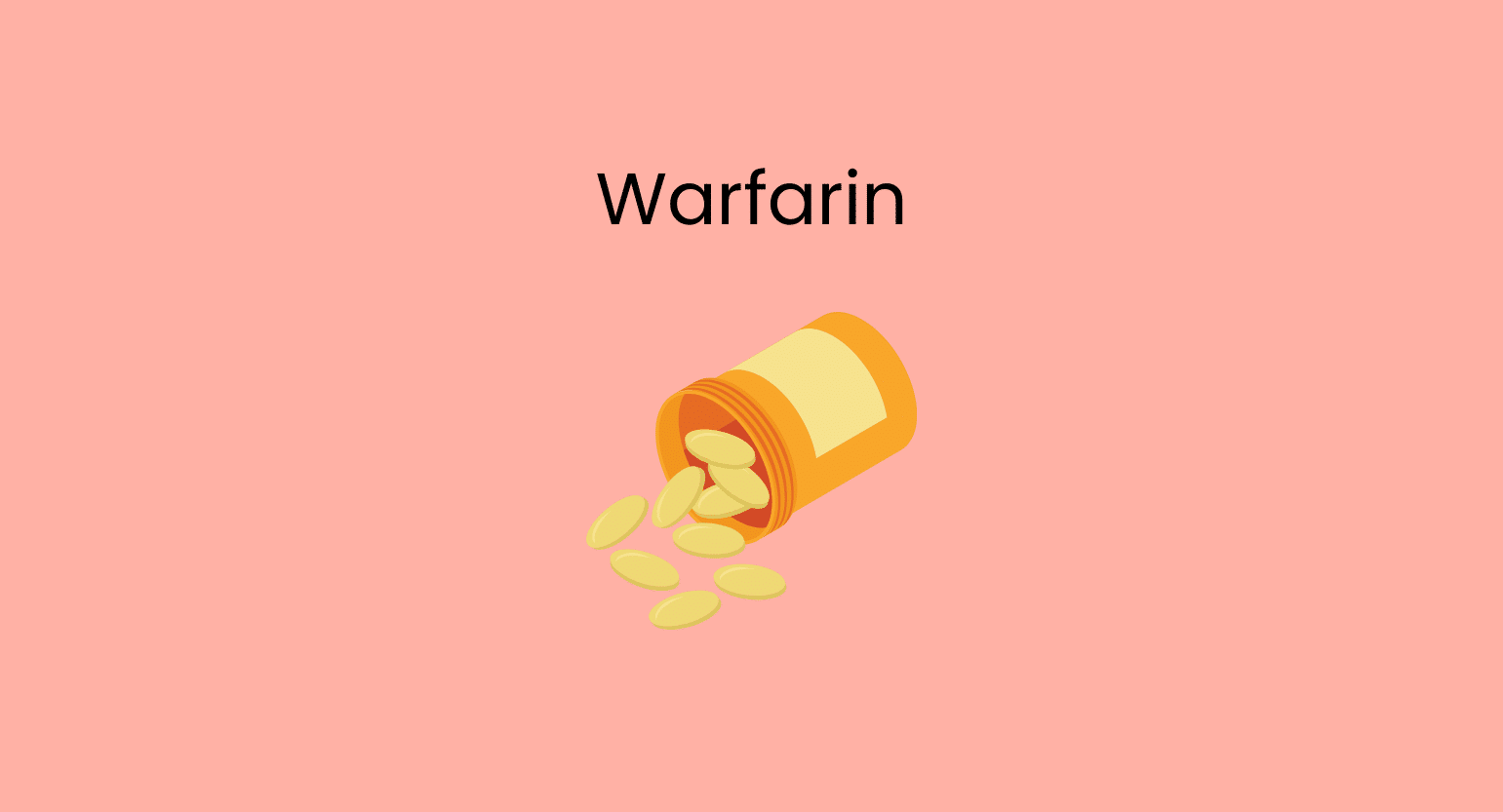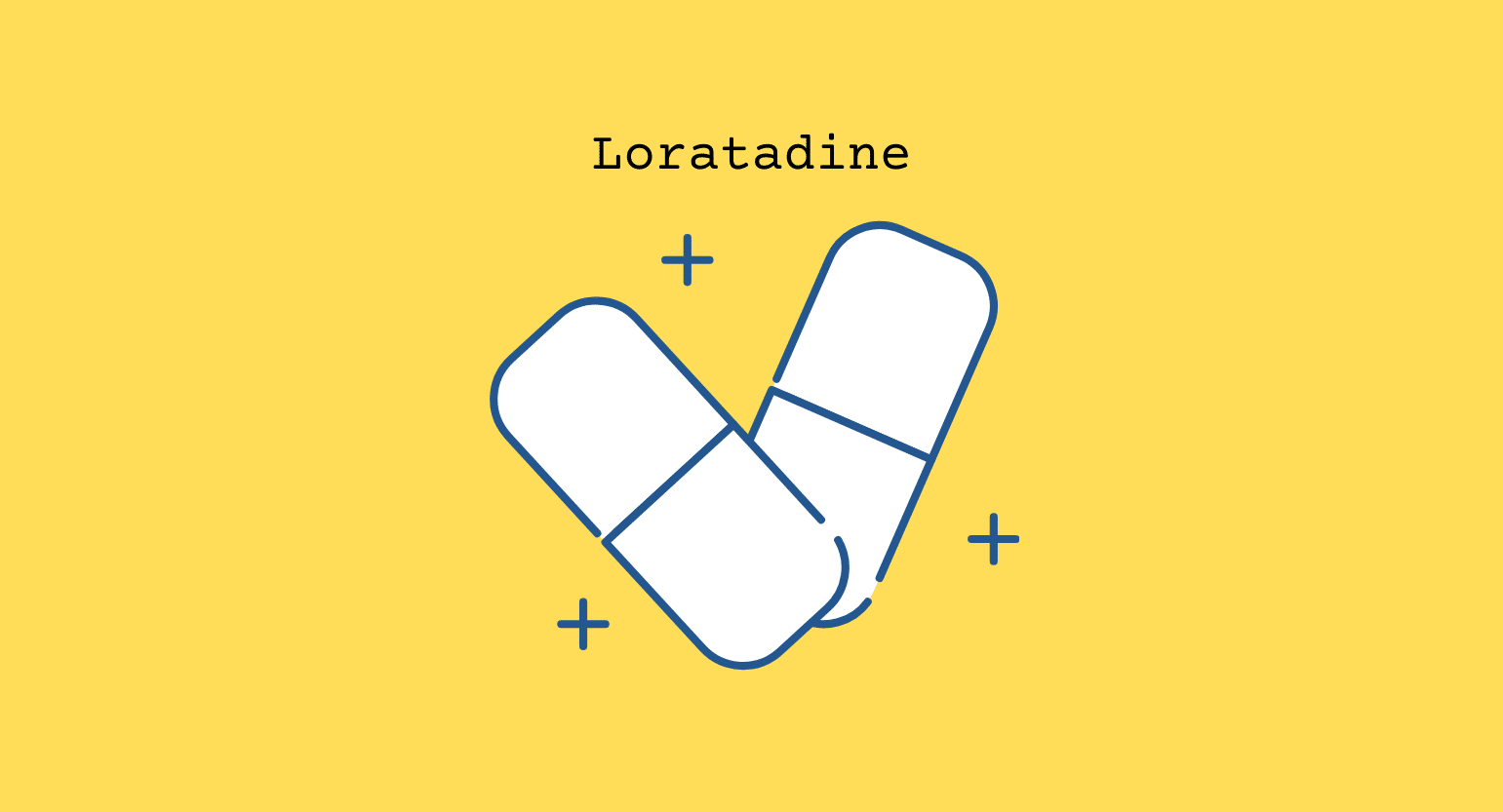Does Kratom Interact With Melatonin?
Kratom and melatonin can act as agonists or antagonists. The former means they can potentiate each other’s sedating effects, and the latter that they can cancel each other’s effects. The interaction between these two compounds is mild to moderate.
These two drugs have very distinct mechanisms of action. Kratom acts as a partial agonist at μ-opioid receptors, causing various effects like reduced anxiety, euphoria, and improved mood [1]. On the other hand, melatonin helps regulate the body’s sleep-wake cycle [2]. The best-known purpose of melatonin is sleep. Thus, it may be considered a sedative.
Kratom and melatonin also have different metabolic pathways. Kratom is mainly metabolized in the liver by the CYP3A4 enzyme [3]. But, the metabolism of melatonin is through CYP1A2 [4].
Kratom and melatonin interact with each other in the following ways:
Kratom Enhances the Effect of Melatonin (Agonistic Interaction)
When two drugs enhance each other’s effects, they are said to exhibit pharmacologic agonism.
Kratom acts as a calming agent and sleep-inducer when used in a high dose (6 – 12 g). Therefore, if a high amount of kratom is combined with melatonin, the final effect is enhanced sedation. The enhancement may not be beneficial or even dangerous (e.g., when driving or operating machinery).
Hypersomnolence will ensue as a combined effect of these drugs, leading to excessive sleepiness.
The induced hypersomnolence may also cause sleep apnea due to deep sedation. Sleep apnea is defined as the cessation of breathing while asleep.
Kratom Decreases the Effects of Melatonin & Vice-Versa (Antagonistic Interaction)
When two drugs have opposite effects on the body and are taken together, they might cancel each other’s effect. This phenomenon is known as pharmacological antagonism.
Low doses of kratom (less than 5 g) promote concentration and wakefulness. If combined with a sleep-inducing drug such as melatonin, there will be decreased effects due to opposite effects, thus showing antagonistic properties.

Kratom & Melatonin Interactions
Melatonin belongs to the acetamide class of hypnotics. Hypnotics are drugs that induce sleep. The following drugs stimulate receptors similar to melatonin and interact with kratom:
- Agomelatine
- Ramelteon
- Tasimelteon
Is It Safe To Take Kratom With Melatonin?
As mentioned in the paragraphs above, kratom with melatonin can either cause agonistic or antagonistic interaction, depending on the dose of kratom. Either interaction may not be optimal, but increased sedation can be dangerous if you’re not expecting it.
It’s best to talk to your doctor before combining them.

What Is Melatonin?
Endogenous melatonin is a hormone produced by the pineal gland in the brain. Melatonin comes from tryptophan. Tryptophan is converted to serotonin in ‘raphe nuclei’ present in the midbrain.
Some serotonin makes its way to the pineal gland and is converted to melatonin in a light-dependent process. The conversion of serotonin to melatonin occurs in the suprachiasmatic nucleus, the coordinator of the body’s circadian rhythm. Melatonin production increases in the dark, inducing sleep and regulating the sleep-wake cycle [5].
Synthetic melatonin is not FDA-regulated and is a dietary supplement rather than a drug [6]. It has a similar action to that of endogenous melatonin.
Melatonin Specifications & Details
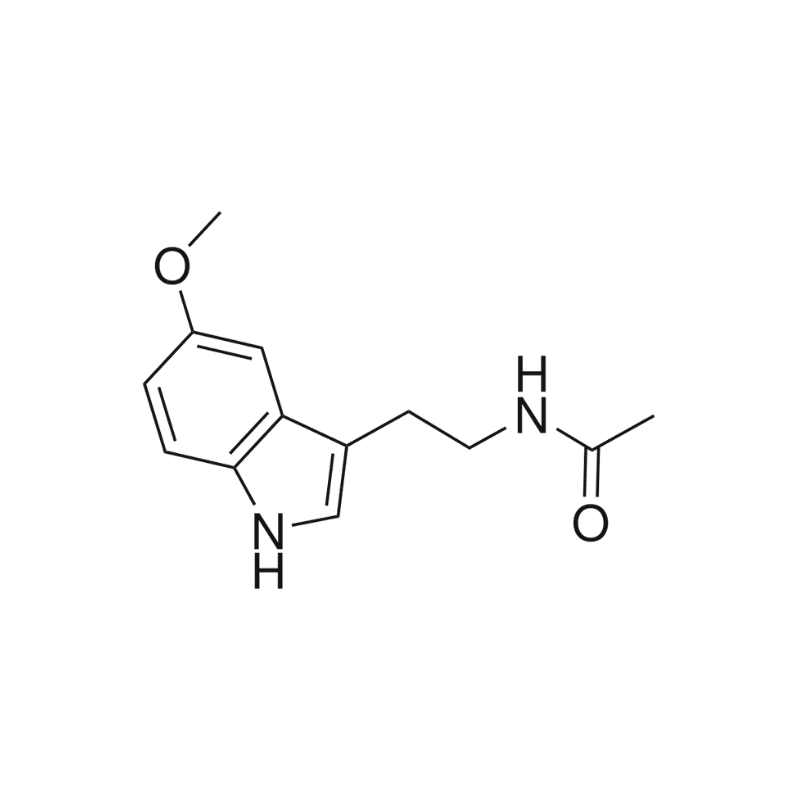
| Drug Name | Melatonin |
| Trade Name | Circadian, Sleynto |
| Classification | Acetamide class of hypnotics |
| CYP metabolism | CYP1A2 |
| Interaction With Kratom | Agonistic or antagonistic |
| Risk Of Interaction | Mild to Moderate |
What Is Melatonin Used For?
Melatonin is used for the following purposes:
- Acetaminophen overdose
- Age-related insomnia
- Benzodiazepine withdrawal
- Chronic fatigue syndrome
- Encephalopathy
- Heat-stroke
- Jet lag disorder
- Migraine headache
- Neurodegenerative disorders
- Post-traumatic brain injury
- Primary insomnia
- Shift work sleep disorder
- Short bowel syndrome
- Tardive dyskinesia (side effect of antipsychotics)
- Winter depression
Several types of research are ongoing for the following disorders:
- Cancer
- Cardiovascular disorders
- Gastrointestinal conditions
- Mental disorders
- Pain Syndromes
- Reproductive dysfunctions
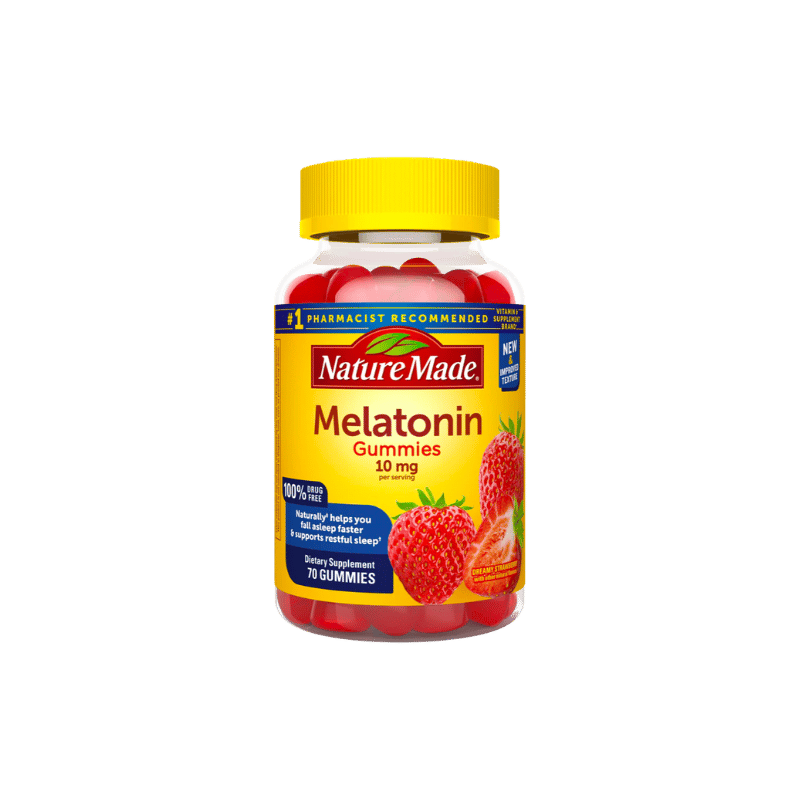
What Is the Appropriate Dose of Melatonin?
The appropriate dose of synthetic melatonin is 5 to 10 mg daily, taken 2 hours before bedtime. Melatonin can be administered as an oral tablet, liquid, rectal suppository, or transdermal patch.
What Are the Side Effects of Melatonin?
An average dose is safe. Even more significant amounts don’t cause severe problems. Some common side effects of melatonin include:
- Constipation
- Decreased appetite
- Drowsiness
- Headache
- Irritability
- Mood swings
- Narcolepsy or daytime sleepiness
- Nausea
- Vomiting
What Is Kratom?
Kratom is a south Asian evergreen tree, also known as Mitragyna speciosa. Several alkaloids in kratom leaves are responsible for kratom’s health benefits —the most important being mitragynine. Mitragynine and its metabolite 7-hydroxymitragynine can cause euphoria, reduce anxiety, and induce sedation.
In low doses, kratom has an overall stimulatory action. But, in high doses, its actions are more aligned toward sedation. Both mitragynine and 7-hydroxymitragynine are agonists at μ-opioid receptors [7]. The analgesic effect of kratom is brought about by its action on supraspinal μ and δ-opioid receptors. Its action on central opioid receptors brings about the psychoactive effects of kratom.
Cases of toxicity and death due to kratom have been reported in poly-drug exposure cases. Thus, before taking kratom with any other drug, you must talk to a specialist or a doctor.
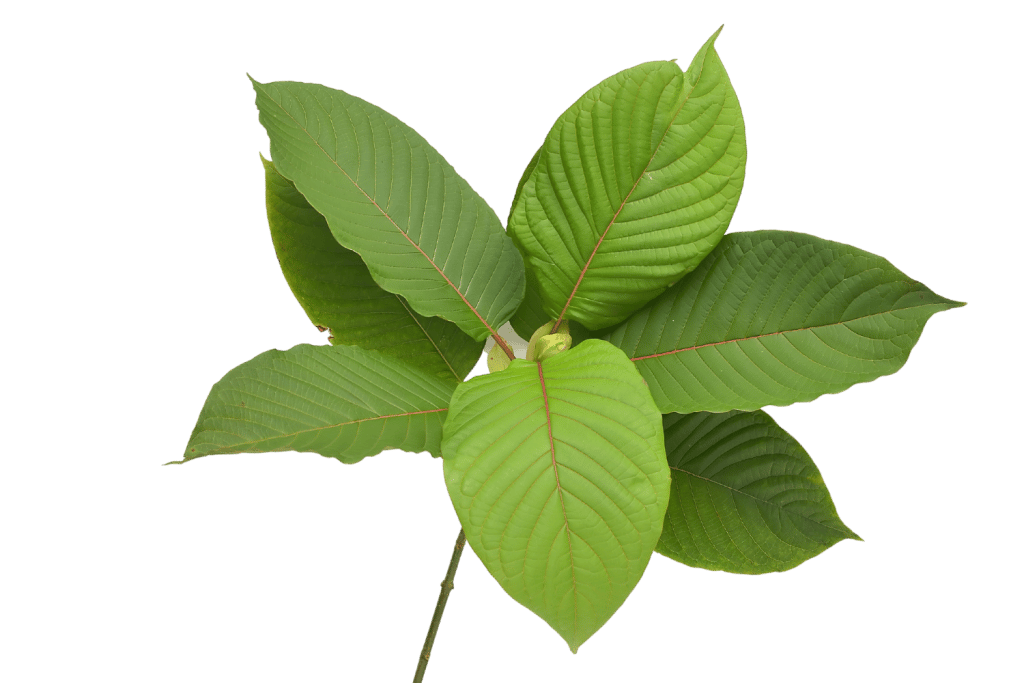
What Is Kratom Used For?
Kratom is famous for its opiate-like effects and is chewed or brewed into a tea for its euphoriant and mood-enhancing effects. Historically, kratom has been used by the farmers of Southeast Asia to boost productivity and as a substitute for opium. Based on its mechanism of action, kratom may also help with the following:
What Is the Proper Dose of Kratom?
Before you start using kratom, you should buy a scale. You may purchase a small digital scale that tells you accurately the amount you should take. You can also opt for tinctures or capsules since both contain a pre-measured amount of kratom.
You want to start on the low end regardless of what you’re using kratom for. Use small doses (2-6 g) for energy and mood and larger doses (6-12 g) for pain, anxiety, and sleep. Work your way up only as needed. A dosage calculator can help you determine what you need.
Take a break every week to avoid building a tolerance.
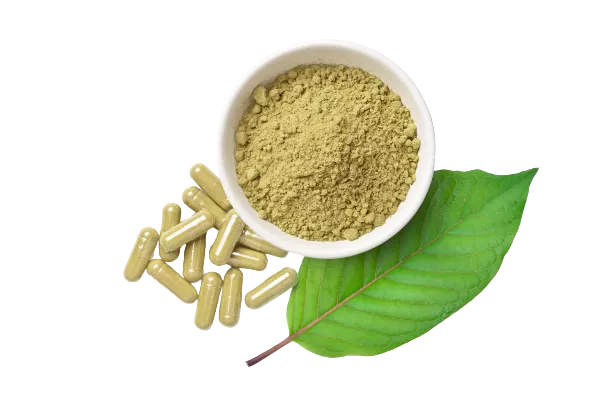
What Are the Side Effects of Kratom?
Side effects are not so common with regular doses of kratom. The more kratom you take, the more likely you will experience the following side effects.
- Arrhythmia
- Diarrhea
- Dizziness
- Headaches
- Liver problems (with long-term use)
- Nausea
- Vomiting
Also see: What Are the Kratom Wobbles?
What Are the Different Strains of Kratom?
For simplicity, kratom has been classified into various strains based on the color of the mid-vein of the leaf. They are:

White Vein Kratom
White vein kratom is derived from young plants. These strains promote a healthier and happier disposition and improve focus and energy.

Red Vein Kratom
Red strains contain the highest amount of 7-hydroxymitragynine and provide effective pain relief and sedation. The effects of this strain are very close to that of typical opiates.

Green Vein Kratom
Green vein kratom strikes a perfect balance between acting as a stimulant and an analgesic. It has both white and red kratom properties and can even help you get comfortable in social meetings.

Yellow Vein Kratom
Yellow strains are often derived from green vein kratom, usually fermented. These strains create soothing effects similar to green kratom but are mellow and long-lasting.

Key Takeaways: Kratom & Melatonin
Kratom and melatonin interact, either enhancing melatonin’s sedating effects or canceling them out. Thus, it is best not to combine these drugs.
You should take these drugs at different times and carefully consider your kratom dosage.
Lastly, follow the advice of your primary care physician before combining these two drugs.
- Singh, D., Narayanan, S., & Vicknasingam, B. (2016). Traditional and non-traditional uses of Mitragynine (Kratom): A survey of the literature. Brain Research Bulletin, 126, 41–46.
- Brown, G. M. (1994). Light, melatonin, and the sleep-wake cycle. Journal of Psychiatry and Neuroscience, 19(5), 345.
- Facciolá, G., Hidestrand, M., von Bahr, C., & Tybring, G. (2001). Cytochrome P 450 isoforms involved in melatonin metabolism in human liver microsomes. European journal of clinical pharmacology, 56(12), 881-888.
- Kamble, S. H., Sharma, A., King, T. I., León, F., McCurdy, C. R., & Avery, B. A. (2019). Metabolite profiling and identification of enzymes responsible for the metabolism of mitragynine, the major alkaloid of Mitragyna speciosa (kratom). Xenobiotica, 49(11), 1279-1288.
- Savage, R. A., Zafar, N., Yohannan, S., & Miller, J.-M. M. (2021). Melatonin. StatPearls.
- Abstract – Europe PMC. (n.d.). Retrieved May 3, 2022, from https://europepmc.org/article/nbk/nbk534823
- Kruegel, A. C., & Grundmann, O. (2018). The medicinal chemistry and neuropharmacology of kratom: A preliminary discussion of a promising medicinal plant and analysis of its potential for abuse. Neuropharmacology, 134, 108–120.

